Rubifen10 mg, 20 mg
Price range: $100.00 through $475.00
BUY RUBIFEN QUALITY 10 MG, 20 MG ONLINE
Rubifen is used to treat a behavioral disorder called attention deficit hyperactivity disorder (ADHD). About 3% of children suffer from ADHD. It makes them unable to sit still or concentrate on tasks for a long period of time. They may have problems learning and doing schoolwork.
We are the first online store established in all of Scandinavia.
We sell high-quality medicines that have already been tested by our doctors.
We also sell at a very high price and very fast delivery.
buy your medications with us at mejorfarmaciaonline.com
We sell pain relievers such as: morphine, oxynorm, oxycontin, vicodin, fentanyl, tramadol, dilaudid
We also sell diabetes medications such as: Lantus, Humalog, Levemir, Humulin
then finally, anti-cancer drugs such as; Avastin, Rituxan, Imbruvica
you order with us and receive your medications via dhl
delivered as soon as possible

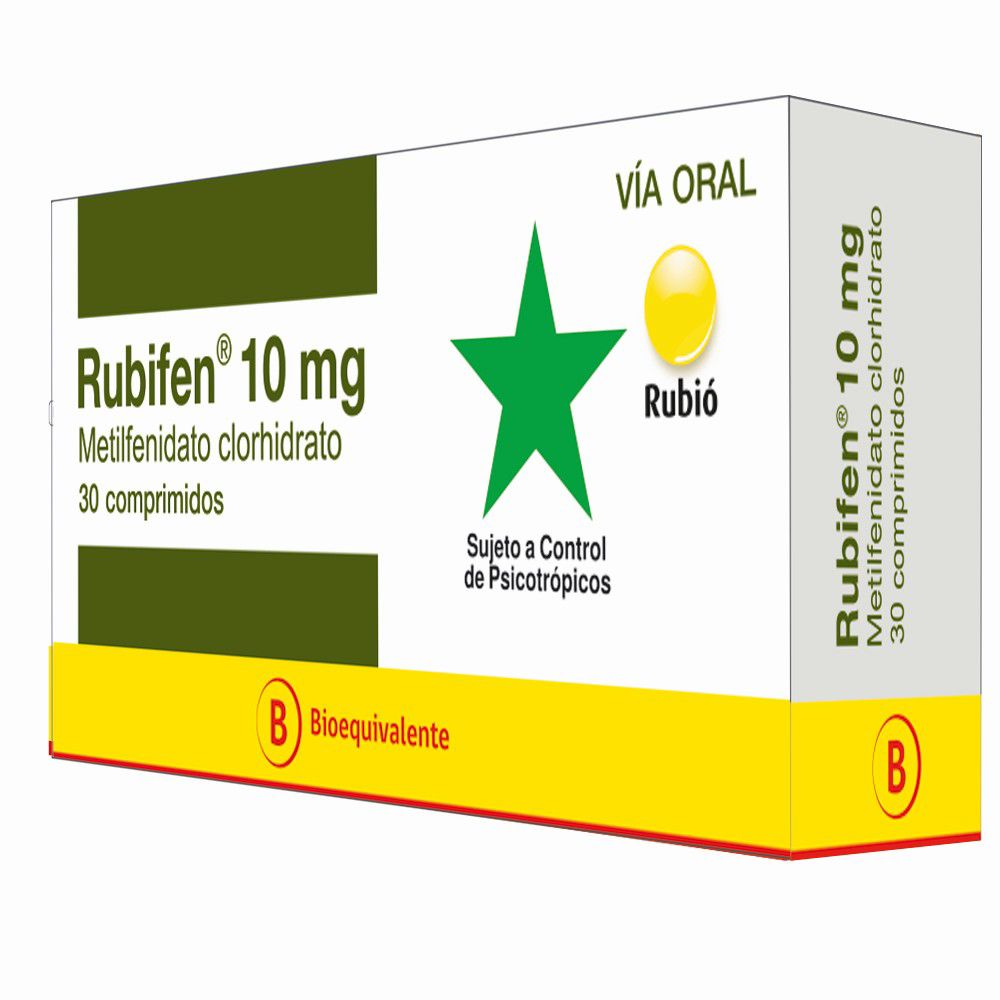
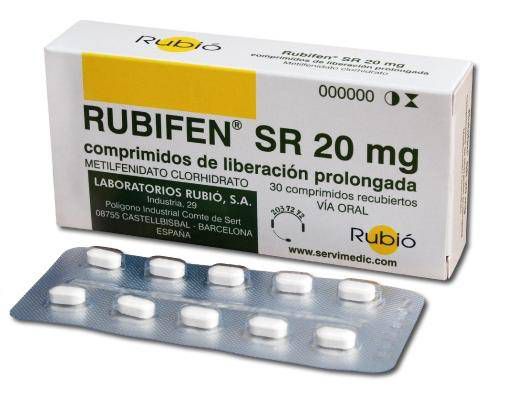
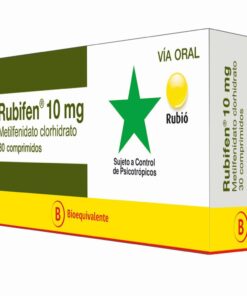
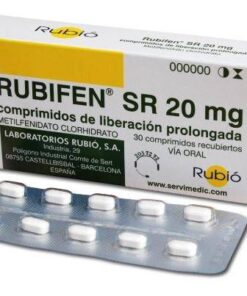
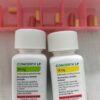

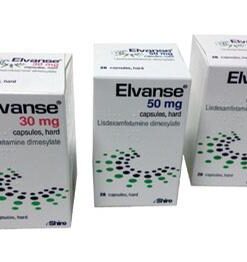
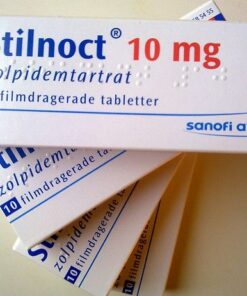
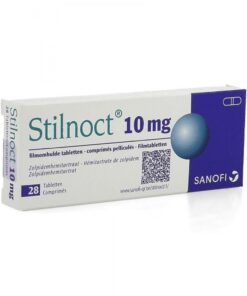
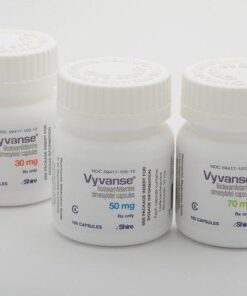
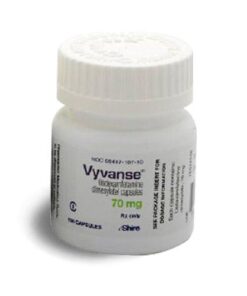

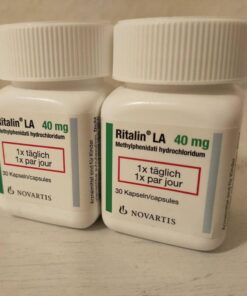
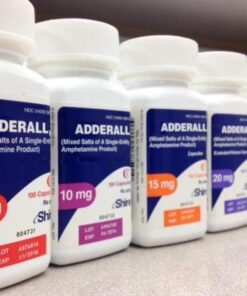
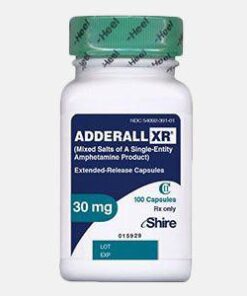
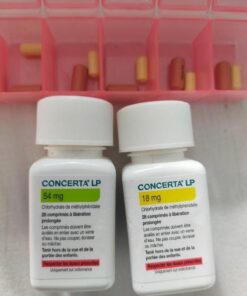
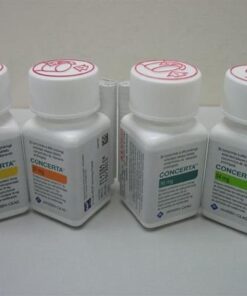
Reviews
There are no reviews yet.